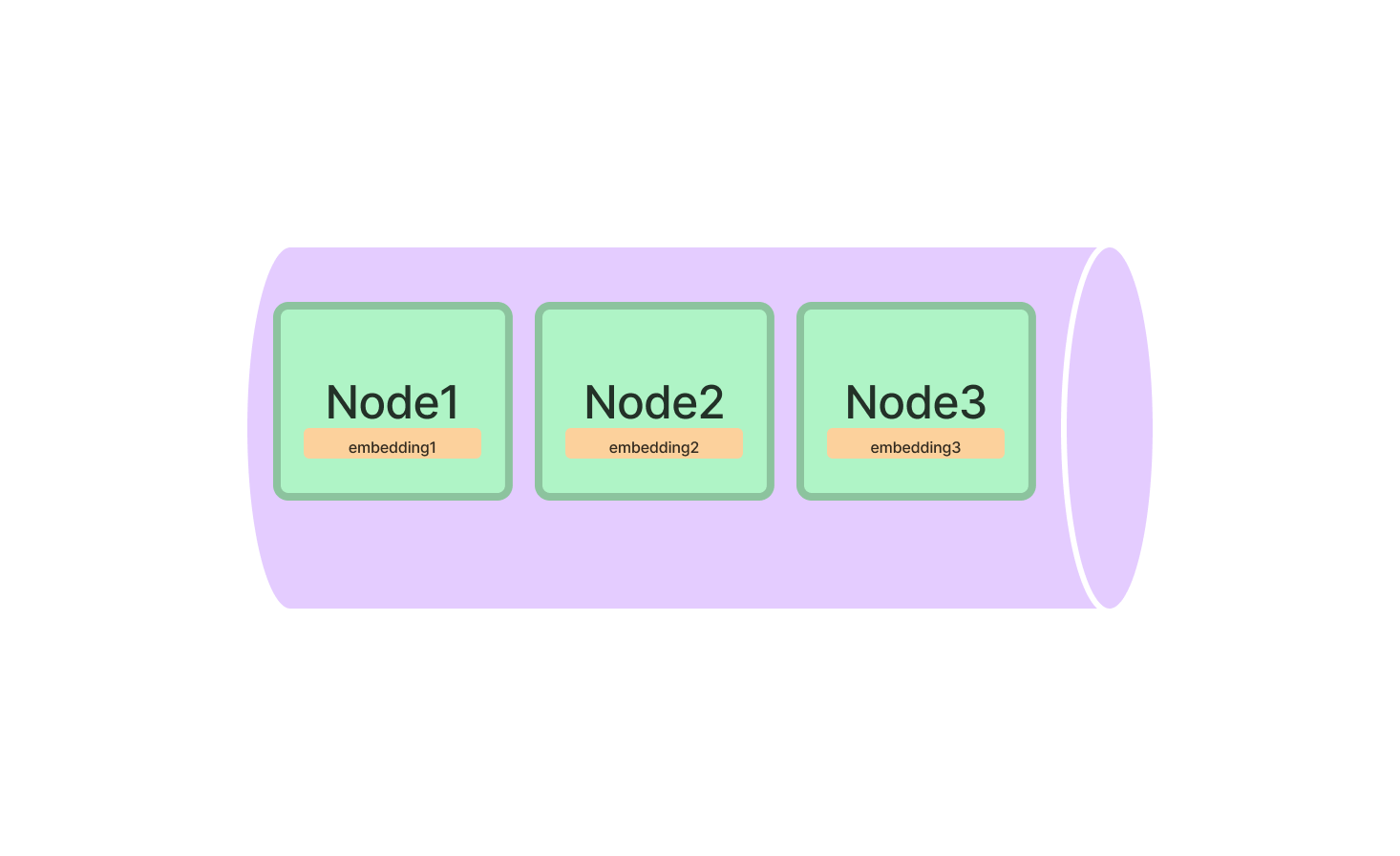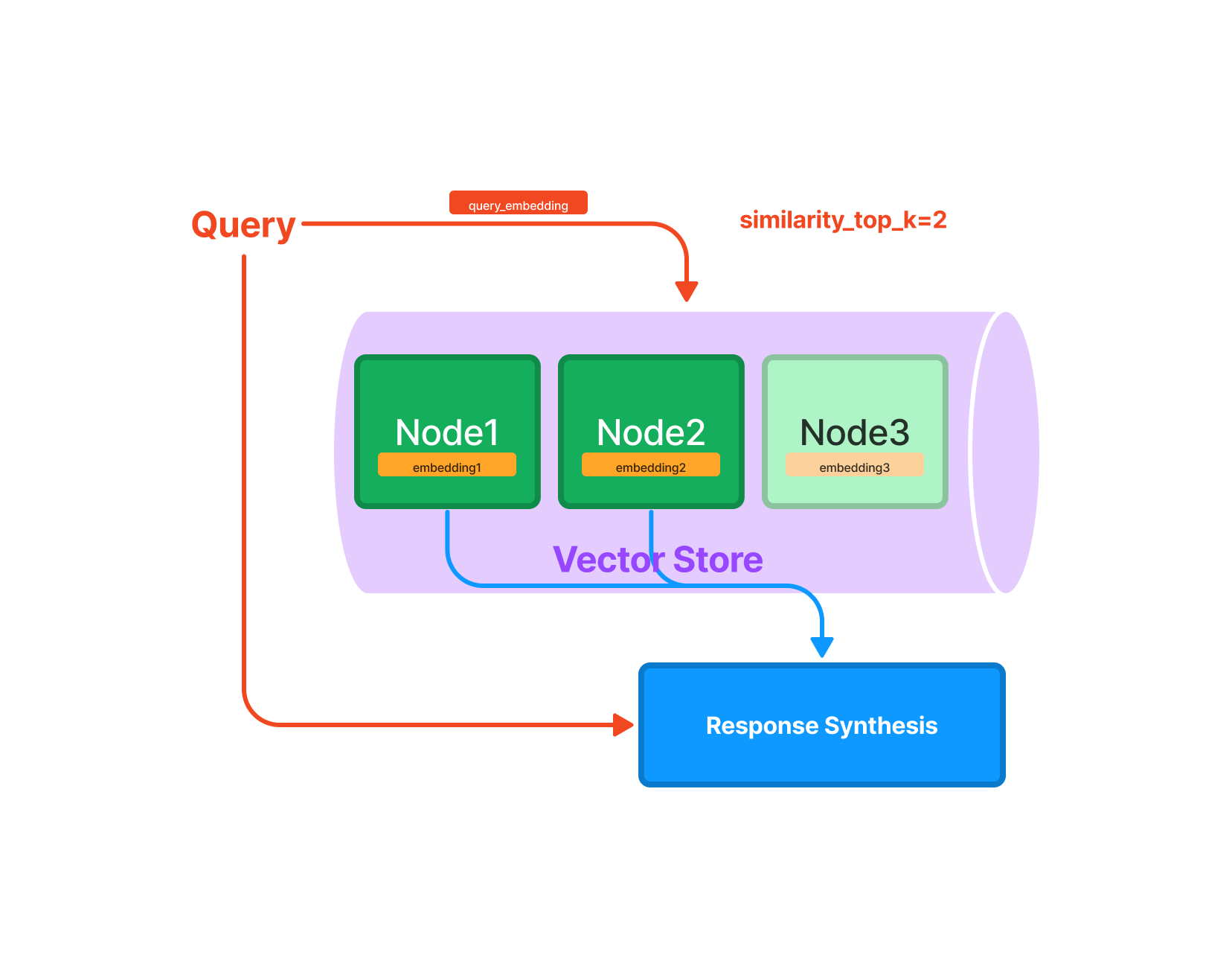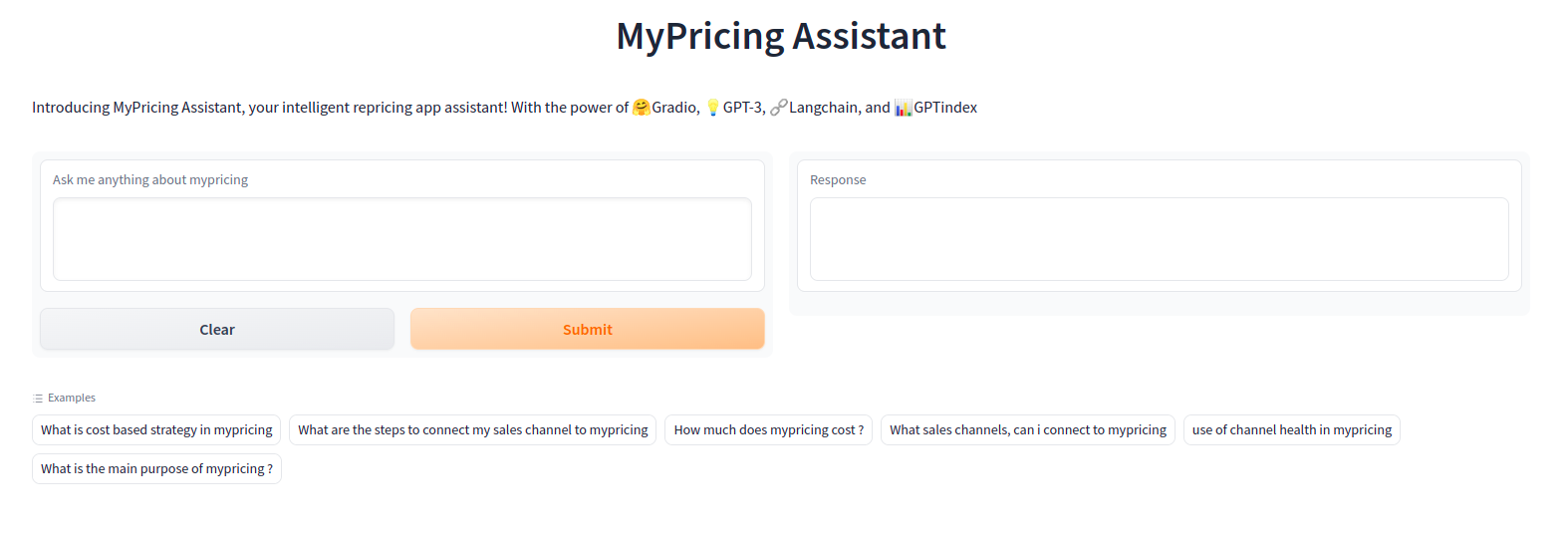Hello everyone,
I am excited to share with you my latest project, which I built for BoostMyShop. In this blog post, I will explain the motivation behind this project, how it works, what is the use of this project, and how I built it.
Motivation
Boostmyshop mypricing is a powerful tool that can help online businesses boost their sales volume to the maximum, and our team recognizes the importance of providing exceptional customer support for the success of our project. However, this requires a significant amount of effort from our core team members.
As we discovered the capabilities of ChatGPT, we wondered if we could develop a bot using its underlying technology, GPT-3, to handle basic queries about mypricing. Although ChatGPT itself does not have an API, we embarked on a journey to explore the feasibility of using GPT-3 to create a bot that could answer common technical questions related to mypricing.
Fine tune gpt-3 ?
In order to make GPT-3 more knowledgeable about the specifics of mypricing, we needed to find a way to train it on our data. We identified the help center on Boostmyshop as a valuable source of information, as well as customer conversations which could provide valuable questions and answers to be fed to GPT-3.
Initially, we considered using GPT-3's fine-tuning capability to create a customized model trained on mypricing knowledge base. However, the cost of $80 per retraining session was prohibitively expensive, especially if we wanted to retrain daily to keep our bot up-to-date with the latest changes in the application.
As a result, we ultimately decided to move forward without fine-tuning.
GPT-Index to load data
After scraping knowledge about mypricing from various sources such as Boostmyshop's main website, help center, and release note website, we had a wealth of information in text form. However, it was not practical to expect GPT-3 to process all of this information at once. To address this, we took the following steps:
- We sliced the documents into smaller, more manageable chunks, with each chunk on a new line.
- We queried these chunks to identify the most relevant ones that could help answer the question.
- We provided GPT-3 with the most relevant chunks to assist in answering the question.
To simplify the chunking and querying process, we turned to GPT-Index. This tool helped us streamline the data and enabled us to efficiently provide GPT-3 with the most relevant information.
Coverting Text to Vectors
We start by creating an index of this data with the GPTSimpleVectorIndex(). This will turn all the text data to vectors:

This is how open ai represents it :

This is how the words will be represented in vectors :

Querying vectors
Querying a vector store index involves fetching the top-k most similar Nodes, and passing those into our Response Synthesis module.

Now, we've built a way to both store our chunks and query them.
Giving this knowledge to langChain
LangChain provides a standard interface for agents, a selection of agents to choose from, and examples of end to end agents. Agents involve an LLM making decisions about which Actions to take, taking that Action, seeing an Observation, and repeating that until done.
Large language models (LLMs) are emerging as a transformative technology, enabling developers to build applications that they previously could not. But using these LLMs in isolation is often not enough to create a truly powerful app - the real power comes when you are able to combine them with other sources of computation or knowledge.
Next we need to give our LLM Agent (i.e. GPT-3) a way to use this knowledge. So let's give it tools. In our case, we just have 1 tool - querying_db.
Here's how you do it (check out the amazing Langchain documentation to learn more):
This will give the results in a text form.

The result of the langchain agent with be the final answer showed in the image above.
> Entering new AgentExecutor chain...
I need to find out how to connect my sales channel to mypricing
Action: QueryingDB
Action Input: How to connect my sales channel to mypricing> Top 1 nodes:
> [Node b3ac943f-9a9d-496a-b09a-b64e3dedf4ad] [Similarity score:0.817745] from your competition, and become the customer's choice in your marketplace by monitoring your gl...
> Searching in chunk: from your competition, and become the customer'...
> Initial response:
Boostmyshop myPricing's dynamic pricing tool can be easily connected to your sales channels and allows you to import your product catalogue quickly. To connect your sales channels to myPricing, you can follow the steps below:
1. Log in to your myPricing account.
2. Select the “Sales Channels” tab.
3. Click on the “Connect” button next to the sales channel you want to connect.
4. Follow the instructions to complete the connection.
5. Once the connection is established, you can import your product catalogue.
If you need assistance during the setup process, our team is available to provide support and guidance.
> Refine context: 94% of customers compare prices when shopping o...
> Refined response:
Boostmyshop myPricing's dynamic pricing tool can be easily connected to your sales channels and allows you to import your product catalogue quickly. To connect your sales channels to myPricing, you can follow the steps below:
1. Log in to your myPricing account.
2. Select the “Sales Channels” tab.
3. Click on the “Connect” button next to the sales channel you want to connect.
4. Follow the instructions to complete the connection.
5. Once the connection is established, you can import your product catalogue.
With myPricing, you can turn your products into bestsellers without cutting your margins. Sign up now for a 15-day free trial to adopt dynamic repricing in your sales channels. If you need assistance during the setup process, our team is available to provide support and guidance.
> [query] Total LLM token usage: 4221 tokens
> [query] Total embedding token usage: 10 tokens
Observation:
Boostmyshop myPricing's dynamic pricing tool can be easily connected to your sales channels and allows you to import your product catalogue quickly. To connect your sales channels to myPricing, you can follow the steps below:
1. Log in to your myPricing account.
2. Select the “Sales Channels” tab.
3. Click on the “Connect” button next to the sales channel you want to connect.
4. Follow the instructions to complete the connection.
5. Once the connection is established, you can import your product catalogue.
With myPricing, you can turn your products into bestsellers without cutting your margins. Sign up now for a 15-day free trial to adopt dynamic repricing in your sales channels. If you need assistance during the setup process, our team is available to provide support and guidance.
Thought: I now know the final answer
Final Answer: To connect your sales channels to myPricing, log in to your myPricing account, select the “Sales Channels” tab, click on the “Connect” button next to the sales channel you want to connect, follow the instructions to complete the connection, and once the connection is established, you can import your product catalogue.
> Finished chain.
Creating User Interfaces Using Gradio
As a developer, I'm comfortable with React, my go-to for creating user interfaces. But recently, I thought of creating a quick prototype user interface using Python itself. While looking for a UI library, I discovered Gradio, a user interface library based on Gradio, and I was intrigued.
I had already used AUTOMATIC1111/stable-diffusion-webui, which is based on Gradio, and I liked the UI's look. To create a quick prototype, I decided to use Gradio to build my user interface, and I was pleasantly surprised. The code was short, and I was able to achieve great things with it.
What I found most impressive about Gradio was its concise code structure that allowed me to implement complex features without breaking a sweat. Even with a short code, I was able to achieve great things, and I couldn't be happier with the results.
If you're ever in a rush to create a user interface, I highly recommend giving Gradio a try. It may surprise you with its capabilities and ease of use. Who knows? You might just fall in love with Python all over again!
App UI

Using Stable Diffusion to create Thumbnails
As someone with experience in creating AI-generated images, I have used Stable Diffusion to create thumbnails for this blog posts, using a version of the tool that has been fine-tuned on an anime-style dataset. The resulting images have been visually striking and have helped to capture the attention of readers.
In addition to creating thumbnails, I have used Stable Diffusion to generate other AI-generated images, such as a robot for thumbnail.
First thumbnail for this blog

Although this thumbnail is cool, I have decided to create a custom thumbnail

prompt used to create the image above :
| Prompt | Single cute white robot with dolphine style color, lots of plugs connected in its back. Realistic, photorealistic. Cute two eyes and flying in space, lots of empty space. Robot on top. |
|---|---|
| Negative Prompt | 3 hands, empty face, multiple robots |
| Model | stable-diffusion-xl-beta-v2-2-2 |
| Steps | 50 |
| Seed | 157866822 |
In the image above, you can see that I removed the background and incorporated it into my design. Here is the final version of the thumbnail:
You may be wondering what the line coming from the robot's head represents.
Even I don't know why I included it 🤷♂️.
Sometimes, design decisions come down to intuition and personal preference.
Step by Step code explanation
This app was created using Google Colab. Use the following link to open the code in notebook.
Setup Environment
!pip install gpt_index && pip install html2text && pip install langchain && !pip install gradio
import os
os.environ["OPENAI_API_KEY"] = "" #@param {type:"string"}
from gpt_index import GPTListIndex, SimpleWebPageReader, BeautifulSoupWebReader, GPTSimpleVectorIndex
from IPython.display import Markdown, display
from langchain.agents import load_tools, Tool, initialize_agent
from langchain.llms import OpenAI
from langchain.agents import ZeroShotAgent, Tool, AgentExecutor
from langchain.agents import initialize_agent, Tool
from langchain import LLMChain, OpenAI, Cohere, HuggingFaceHub, PromptTemplate
Make vector from webpage link
#@title # Implementing Document QA
Input=[
"https://boostmyshop.com/",
"https://www.boostmyshop.com/features/mypricing-repricing-price-tracker-dynamic-pricing/",
"https://releases.boostmyshop.com/blog/page/1",
"https://releases.boostmyshop.com/blog/page/2",
"https://help.boostmyshop.com/portal/en/kb/articles/what-is-mypricing-v3-12-2-2023-1",
"https://help.boostmyshop.com/portal/en/kb/articles/onboarding-listing-products",
"https://help.boostmyshop.com/portal/en/kb/articles/onboarding-oauth-mirakl",
"https://help.boostmyshop.com/portal/en/kb/articles/mirakl-channels",
"https://help.boostmyshop.com/portal/en/kb/articles/feature-and-specifications-18-7-2022",
"https://help.boostmyshop.com/portal/en/kb/articles/how-do-i-add-a-new-marketplace-to-my-account",
"https://help.boostmyshop.com/portal/en/kb/articles/how-to-manage-promotions",
"https://help.boostmyshop.com/portal/en/kb/articles/what-repricing-strategies-are-available",
"https://help.boostmyshop.com/portal/en/kb/articles/what-does-action-needed-in-status-mean",
"https://help.boostmyshop.com/portal/en/kb/articles/how-to-correct-a-required-action",
"https://help.boostmyshop.com/portal/en/kb/articles/what-product-data-can-i-modify-directly-in-mypricing",
"https://help.boostmyshop.com/portal/en/kb/articles/what-is-the-health-of-my-shop-shows",
"https://help.boostmyshop.com/portal/en/kb/articles/can-i-know-if-i-am-in-the-best-position-compared-to-my-competitors",
"https://help.boostmyshop.com/portal/en/kb/articles/onboarding-14-7-2022",
"https://www.boostmyshop.com/the-ultimate-guide-to-e-commerce/build-a-successful-repricing-strategy-in-5-minutes-with-mypricing-for-mirakl/",
"https://help.boostmyshop.com/portal/en/kb/articles/how-to-define-my-minimum-and-maximum-prices-through-file-import-bulk",
"https://help.boostmyshop.com/portal/en/kb/articles/why-minimum-and-maximum-prices-are-very-important",
"https://help.boostmyshop.com/portal/en/kb/articles/how-to-define-my-minimum-and-maximum-prices-through-the-general-strategy",
"https://help.boostmyshop.com/portal/en/kb/articles/how-do-i-reset-my-reference-prices",
"https://help.boostmyshop.com/portal/en/kb/articles/what-is-a-reference-price-14-9-2022",
"https://help.boostmyshop.com/portal/en/kb/articles/how-do-i-change-my-minimum-and-maximum-prices-product-by-product-in-the-interface",
"https://help.boostmyshop.com/portal/en/kb/articles/how-can-i-update-my-product-data-in-bulk-11-9-2022",
"https://help.boostmyshop.com/portal/en/kb/articles/what-is-oauth-mirakl",
"https://help.boostmyshop.com/portal/en/kb/articles/how-does-matching-work-on-mypricing-v3",
"https://help.boostmyshop.com/portal/en/kb/articles/what-is-a-marketplace",
"https://help.boostmyshop.com/portal/en/kb/articles/how-much-history-can-i-have-in-mypricing",
"https://help.boostmyshop.com/portal/en/kb/articles/how-do-we-integrate-via-ftp-or-url-file",
"https://help.boostmyshop.com/portal/en/kb/articles/what-is-buybox-predictor",
"https://help.boostmyshop.com/portal/en/kb/articles/which-marketplaces-are-compatible-with-mypricing",
"https://help.boostmyshop.com/portal/en/kb/articles/configuration-and-account-features",
"https://help.boostmyshop.com/portal/en/kb/articles/how-to-take-action-on-my-offers-in-competitions",
"https://help.boostmyshop.com/portal/en/kb/articles/is-it-possible-to-generate-reports-exports-from-the-application"
]
documents = SimpleWebPageReader(html_to_text=True).load_data(Input)
index = GPTSimpleVectorIndex(documents)
index.save_to_disk("./doc_qa.json")
index2 = GPTSimpleVectorIndex.load_from_disk("./doc_qa.json")
Testing Qustion and Answering
def querying_db(query: str):
response = index2.query(query, verbose=True)
return response
tools = [
Tool(
name = "QueryingDB",
func=querying_db,
description="This function takes a query string as input and returns the most relevant answer from the documentation as output"
)]
llm = OpenAI(temperature=0,max_tokens=300)
#@markdown ### Test your agent by asking it a question
query_string = "what is reference price in my mypricing dashboard" #@param {type:"string"}
agent = initialize_agent(tools, llm, agent="zero-shot-react-description", verbose=True)
result = agent.run(query_string)
Use Gradio to create ui
import gradio as gr
def querying_db(query: str):
response = index2.query(query, verbose=True)
return response
tools = [
Tool(
name = "QueryingDB",
func=querying_db,
description="This function takes a query string as input and returns the most relevant answer from the documentation as output"
)
]
llm = OpenAI(temperature=0,max_tokens=400)
agent = initialize_agent(tools, llm, agent="zero-shot-react-description", verbose=True)
def askQuestion(inputText):
result = agent.run(inputText + " explain in detail")
return result
bot_examples = [
["What are the steps to connect my sales channel to mypricing"],
["How much does mypricing cost ?"],
["What sales channels, can i connect to mypricing"],
["use of channel health in mypricing"],
["What is the main purpose of mypricing ?"],
]
bot = gr.Interface(fn=askQuestion, inputs=[gr.Textbox(label="Ask me anything about mypricing",lines=3,value="")], outputs=[gr.Textbox(label="Response", lines=3, value="")], title="MyPricing Assistant", description="Introducing MyPricing Assistant, your intelligent repricing app assistant! With the power of 🤗Gradio, 💡GPT-3, 🔗Langchain, and 📊GPTindex",examples=bot_examples)
bot.launch(share=True,debug=True)
